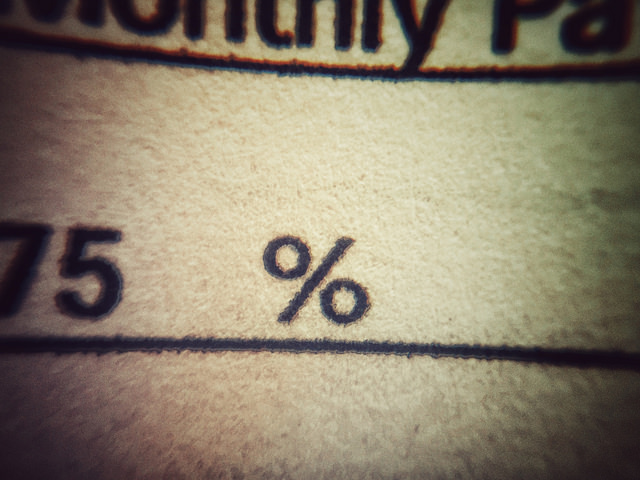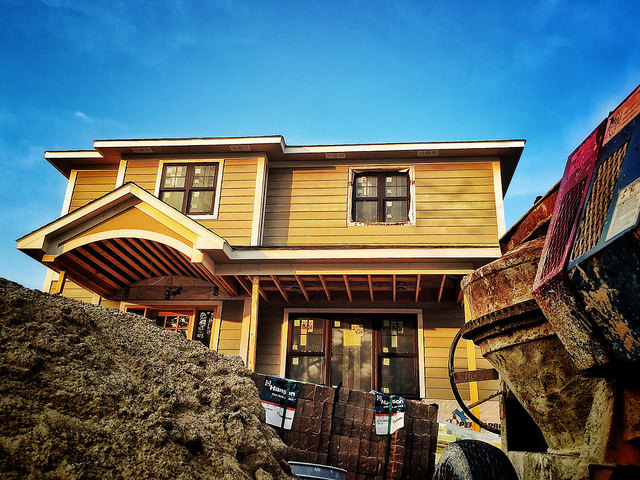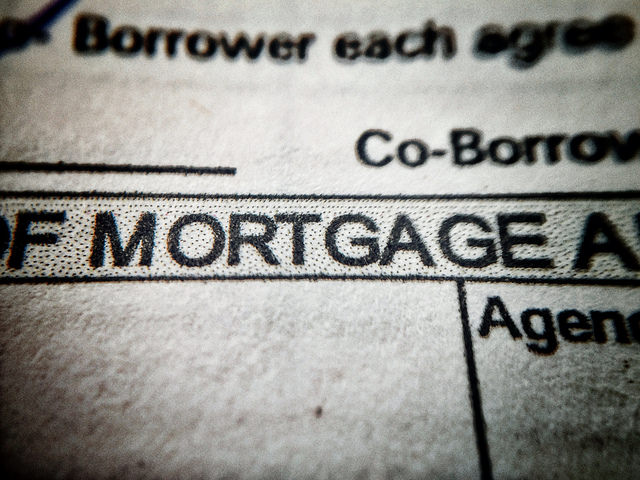In today’s world, everything is connected. Because of this, global economic conditions can impact the U.S. economy and housing market. And, according to Fannie Mae’s latest Economic and Housing Outlook from their Economic & Strategic Research Group, the economy does appear to have slowed in response to sluggish global markets. However, Doug Duncan, Fannie Mae’s chief economist, says the housing market should still improve despite the headwinds. “We expect our 2016 theme ‘housing affordability constrains as expansion matures’ to hold true as home price gains are likely to outpace household income growth as the year continues,†Duncan said. “However, the expected increase in home prices should help lift underwater mortgages and create a healthier housing market. Meanwhile, increased household formation, low mortgage rates, and easing credit standards and more access to credit for residential mortgages are positive factors for a continued housing expansion.†Duncan also says builders should be able to build new single-family homes at a faster pace this year, which should help moderate price increases and provide more options for prospective buyers. In short, though there has been a lot of economic uncertainty in the news lately, the housing market still appears to be on solid footing. More here.













